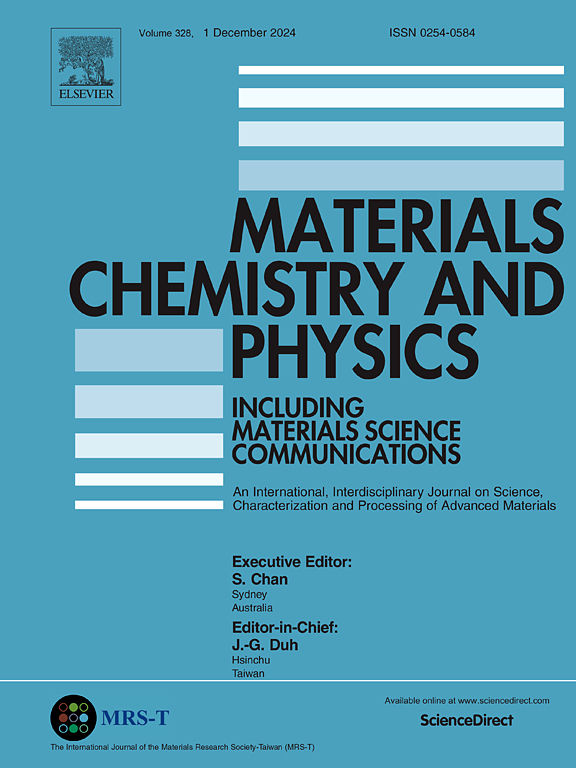Dual-salt synergistic activation of hierarchical porous carbons derived from cellulose-chitosan biomass for high-performance supercapacitors
IF 4.3
3区 材料科学
Q2 MATERIALS SCIENCE, MULTIDISCIPLINARY
引用次数: 0
Abstract
The combustion of fossil fuels has triggered a series of environmental, climatic, and resource-related issues, while the intermittency of renewable energy sources constrains the development of clean energy. In this study, a series of porous carbon materials (CSHPC-x-T) were successfully prepared using a mixed-salt (potassium citrate and sodium bicarbonate) activation approach, with hydroxypropyl cellulose and chitosan serving as mixed biomass carbon sources. By precisely adjusting the activator ratio, the pore structure of the materials was finely tuned. Among them, CSHPC-2-700 exhibited the best electrochemical performance. In a three-electrode system, CSHPC-2-700 demonstrated a high specific capacitance of 392.9 F g−1, significantly surpassing those (K-CSHPC-2-700 and N-CSHPC-2-700) prepared via single-salt activation, and exhibited excellent rate capability (261.6 F g−1 at 50 A g−1 and 204.4 F g−1 at 100 A g−1). In a two-electrode configuration, the symmetric supercapacitor based on CSHPC-2-700 displayed an ultra-long cycle life in 6 M KOH electrolyte, retaining 90.77 % initial capacitance after 30,000 consecutive charge-discharge cycles at 10 A g−1. These outstanding performances indicate the great potential of CSHPC-2-700 as a high-performance electrode material for supercapacitors.

高性能超级电容器用纤维素-壳聚糖生物质分层多孔碳的双盐协同活化
化石燃料的燃烧引发了一系列与环境、气候和资源相关的问题,而可再生能源的间歇性又制约了清洁能源的发展。本研究以羟丙基纤维素和壳聚糖为混合生物质碳源,采用混合盐(柠檬酸钾和碳酸氢钠)活化法制备了一系列多孔碳材料(CSHPC-x-T)。通过对活化剂配比的精确调节,可以对材料的孔隙结构进行精细调节。其中,CSHPC-2-700的电化学性能最好。在三电极体系中,CSHPC-2-700表现出392.9 F g−1的高比电容,显著优于单盐活化制备的K-CSHPC-2-700和N-CSHPC-2-700,并表现出优异的倍率能力(50 a g−1时261.6 F g−1,100 a g−1时204.4 F g−1)。在双电极结构下,基于CSHPC-2-700的对称超级电容器在6 M KOH电解液中显示出超长的循环寿命,在10 a g−1下连续充放电3万次后保持90.77%的初始电容。这些优异的性能表明CSHPC-2-700作为高性能超级电容器电极材料的巨大潜力。
本文章由计算机程序翻译,如有差异,请以英文原文为准。
求助全文
约1分钟内获得全文
求助全文
来源期刊

Materials Chemistry and Physics
工程技术-材料科学:综合
CiteScore
8.70
自引率
4.30%
发文量
1515
审稿时长
69 days
期刊介绍:
Materials Chemistry and Physics is devoted to short communications, full-length research papers and feature articles on interrelationships among structure, properties, processing and performance of materials. The Editors welcome manuscripts on thin films, surface and interface science, materials degradation and reliability, metallurgy, semiconductors and optoelectronic materials, fine ceramics, magnetics, superconductors, specialty polymers, nano-materials and composite materials.
 求助内容:
求助内容: 应助结果提醒方式:
应助结果提醒方式:


